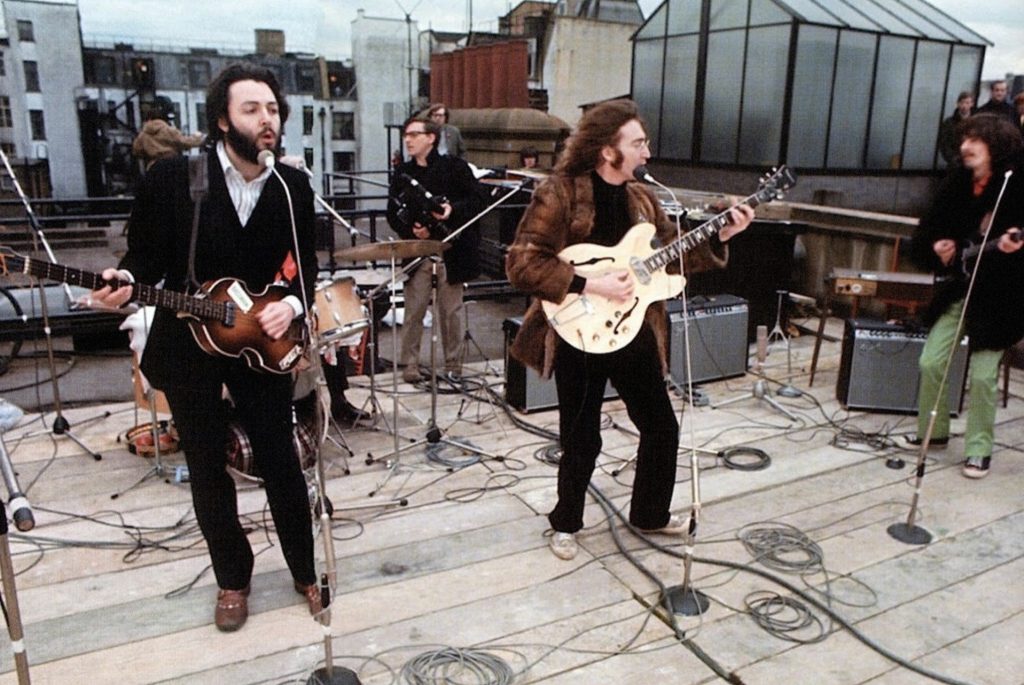Many times I’ve been alone, and many times I’ve cried. Anyway you’ll never know the many ways I’ve tried. And still they lead me back to the long winding road…

Paul McCartney’s saccharine ballad could well be describing his relationship with the film Let It Be (1970). This was McCartney’s endeavour more than it was ever John Lennon’s, George Harrison’s, or Ringo Starr’s. Let It Be was McCartney’s idea ostensibly to fulfill a contract Brian Epstein had made on The Beatles’ behalf with United Artists in the early sixties. Michael Lindsay-Hogg’s completed film was, nonetheless, a major disappointment, prompting The Beatles to block any official re-release or home video distribution of the film (though it has been easy enough to find bootleg copies at serious record stores). But now, in 2020, Peter Jackson has gone through Lindsay-Hogg’s original footage of the group and edited a “new” and “better” version of Let It Be titled The Beatles: Get Back. It’s hard to believe Jackson and McCartney’s claims that this new film shows The Beatles in a “better light”. Wouldn’t Michael Londsay-Hogg have tried to use a lot of this “fun” footage in the original theatrical release?
Let It Be is the bookend to the Maysles brothers’ The Beatles’ FIrst U.S. Visit (shot during the climax of The Beatles’ meteoric rise in 1964 though unreleased until 1991). There is such a contrast between these two films that watching them back to back one can’t help but feel that these four boys from Liverpool have somehow aged ten years instead of just five. The hope and the excitement of 1964 have long gone.
If Lindsay-Hogg’s camerawork had been more exciting or evocative then Let It Be may have been more compelling. But the studio spaces feel staged, the subjects are aloof, and the framing is distant as if some veneer has kept the camera outside the actual orbit of The Beatles. Sure the rooftop concert lives up to the legend, but the bulk of the film is taken up by Paul McCartney getting on everybody’s nerves.
There’s enough testimony from Lennon, Harrison, and Starr to fill two volumes with tales of McCartney’s behavior (circa 1968 through 1970) that makes a convincing argument that what Lindsay-Hogg captured on film was really all there was to see; four men who are just tired of each other almost all of the time. Can The Beatles: Get Back rewrite this bit of rock history? Most likely Let It Be and The Beatles: Get Back will have to be seen as companion films, each presenting one side of the truth.
